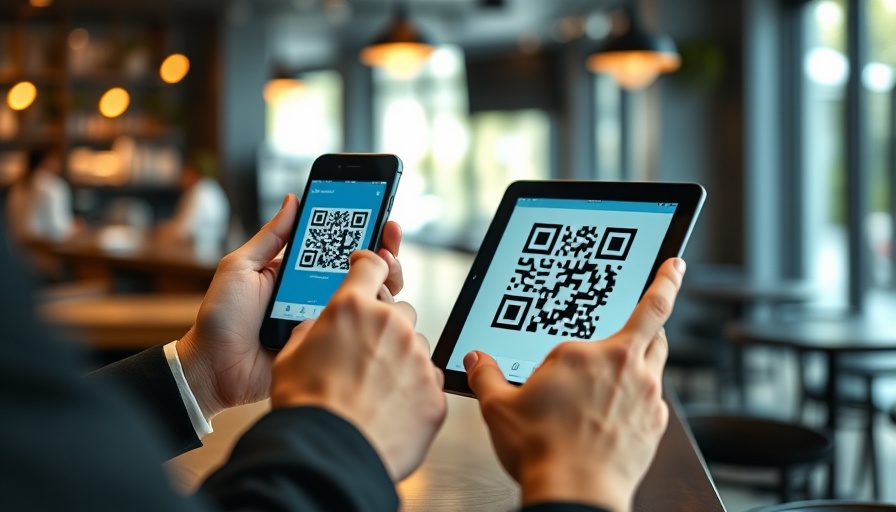
Revolutionizing Access to Information
Not so long ago, QR codes were viewed with skepticism, often seen as a passing gimmick. Today, they have transcended their initial purpose and become a remarkable tool, fundamentally altering how we engage with and share information. From dining establishments to event venues, QR codes are transforming ease of access to vital details, streamlining our interactions with the world.
A Brief History of QR Codes
Originally created in Japan during the 1990s to track automotive parts, QR codes were slow to gain traction in the West until the integration of smartphones made scanning commonplace. The COVID-19 pandemic served as a catalyst, propelling QR codes into the spotlight as businesses sought contactless solutions to ensure customer safety. This shift led to a dramatic increase in their usage: around 89 million smartphone owners in the U.S. utilize QR codes annually, an expanding trend fueled by convenience.
Enhancing Consumer Experience in Real-Time
In today's fast-paced digital era, where consumer attention is fleeting, QR codes provide an instant connection to information. Users can quickly access product details, special offers, or event links by simply scanning a code. Marketers capitalize on this “frictionless” interaction, embedding QR codes on everything from product packaging to advertisements, removing the barriers that often impede consumer action.
Transforming Everyday Interactions
As businesses adopt QR codes in various applications, their benefits extend beyond simple transactional interfaces. Restaurants, for instance, have seamlessly integrated them into electronic menus, drastically cutting down paper usage while allowing for real-time updates on specials and prices. Concert tickets and boarding passes are now frequently issued through QR codes, which boosts security and minimizes queue lengths.
Embracing Creativity Beyond Functionality
Interestingly, QR codes have mutated from mere functional tools into artistic expressions, as brands creatively incorporate colors and design elements, making them visually appealing while remaining practical. This dual purpose not only enhances brand engagement but ignites consumer curiosity. As technology evolves, so too may the applications of QR codes, inviting us to imagine unlimited possibilities.
 Add Row
Add Row  Add
Add 




Write A Comment